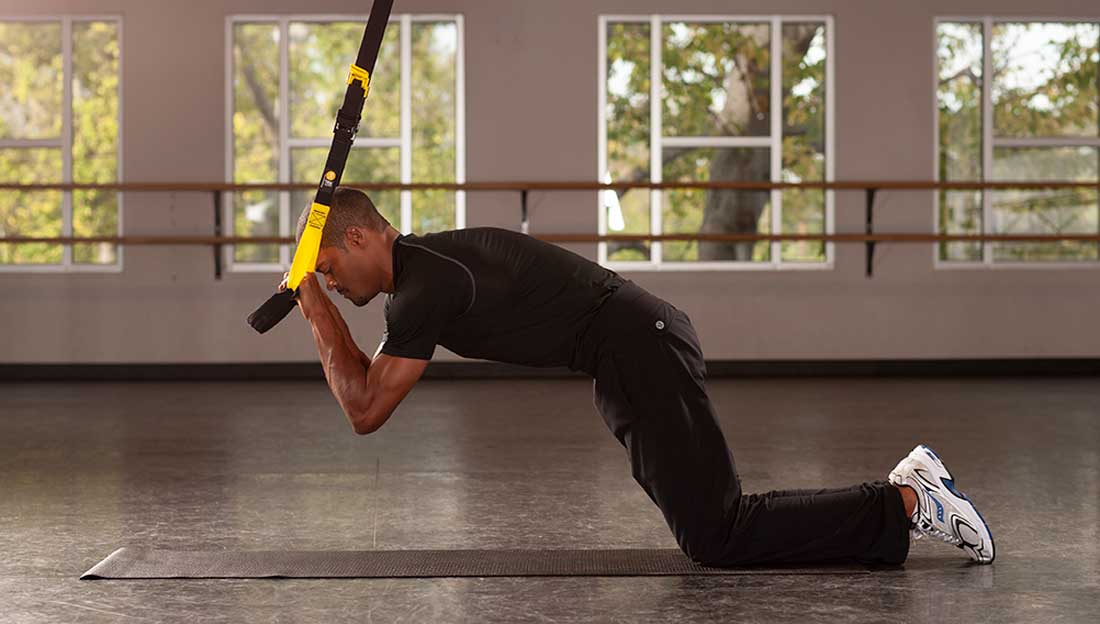Blitz News Digest
Stay updated with the latest trends and insights.
Get Fit to Function: Why Your Workout Should Be More Than Just Lifting
Unlock peak performance! Discover why your workout should focus on functional fitness, beyond just lifting weights. Join the movement today!
The Importance of Functional Fitness: Beyond Traditional Weightlifting
Functional fitness has gained popularity in recent years as individuals seek training methods that translate to everyday activities. Unlike traditional weightlifting, which often focuses on isolating specific muscle groups, functional fitness emphasizes movements that engage multiple joints and muscles simultaneously. This approach not only enhances strength but also improves balance, stability, and coordination. For instance, exercises like squats, lunges, and kettlebell swings mimic common movements such as bending, lifting, and reaching, which are integral in daily life. By adopting a functional fitness routine, enthusiasts can achieve a well-rounded physical capability that supports their overall health.
Moreover, the benefits of functional fitness extend beyond mere physicality; they promote mental well-being as well. Engaging in functional exercises encourages individuals to focus on their body mechanics and movement patterns, fostering a deeper connection between mind and body. This holistic approach often leads to increased motivation and adherence to fitness regimens. Additionally, functional workouts can be easily adapted for various fitness levels, making them accessible for everyone from beginners to seasoned athletes. In summary, embracing functional fitness can revolutionize your training and enhance your quality of life by preparing you for the challenges of everyday living.

How to Integrate Flexibility and Mobility into Your Workout Routine
Integrating flexibility and mobility into your workout routine is essential for enhancing overall performance and reducing the risk of injuries. To get started, dedicate a portion of your warm-up to dynamic stretches such as arm circles, leg swings, and hip openers. These movements prepare your body for the workout ahead by increasing blood flow and promoting joint mobility. Aim to include mobility exercises targeting key areas such as the hips, shoulders, and spine at least three times a week.
In addition to dynamic stretching, incorporating yoga or Pilates sessions into your weekly routine can have a significant impact on flexibility and mobility. These practices not only improve your range of motion but also help to build core strength and body awareness. To effectively blend flexibility and mobility into your workouts, consider allocating specific days of the week for focused sessions, ensuring that you allow your muscles sufficient recovery time while still promoting overall physical health.
What Does It Mean to 'Get Fit to Function'? Key Principles Explained
Getting fit to function goes beyond traditional fitness goals; it's about enhancing your ability to perform daily activities with ease and confidence. This approach emphasizes the importance of not just aesthetic fitness, but functional fitness that supports your lifestyle. The core of this concept is to develop strength, flexibility, and endurance that facilitate everyday movements, helping you to lift, walk, climb stairs, and carry groceries without undue fatigue or risk of injury.
The key principles of functional fitness include a holistic approach to training, focusing on exercises that mimic real-life movements. These can include resistance training, bodyweight exercises, and balance activities. Additionally, it's essential to integrate proper nutrition and recovery practices into your routine. By embracing these principles, you can enhance your overall well-being and enjoy a better quality of life, proving that fitness is not just about working out; it’s about being able to enjoy the activities you love.